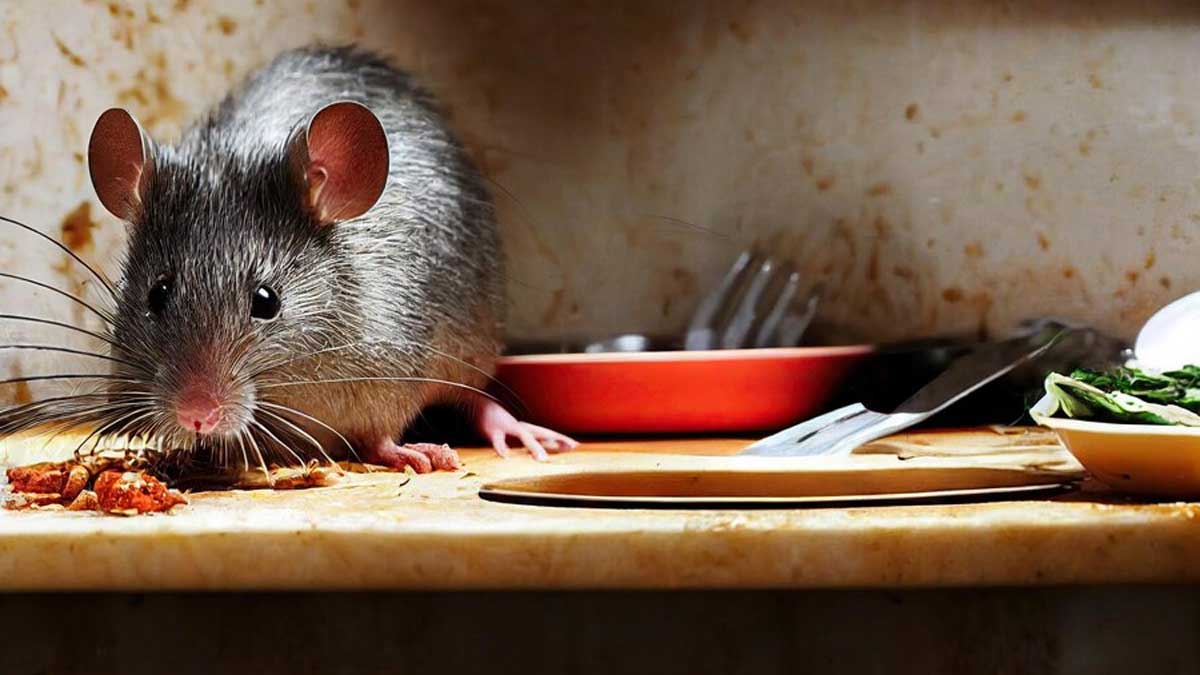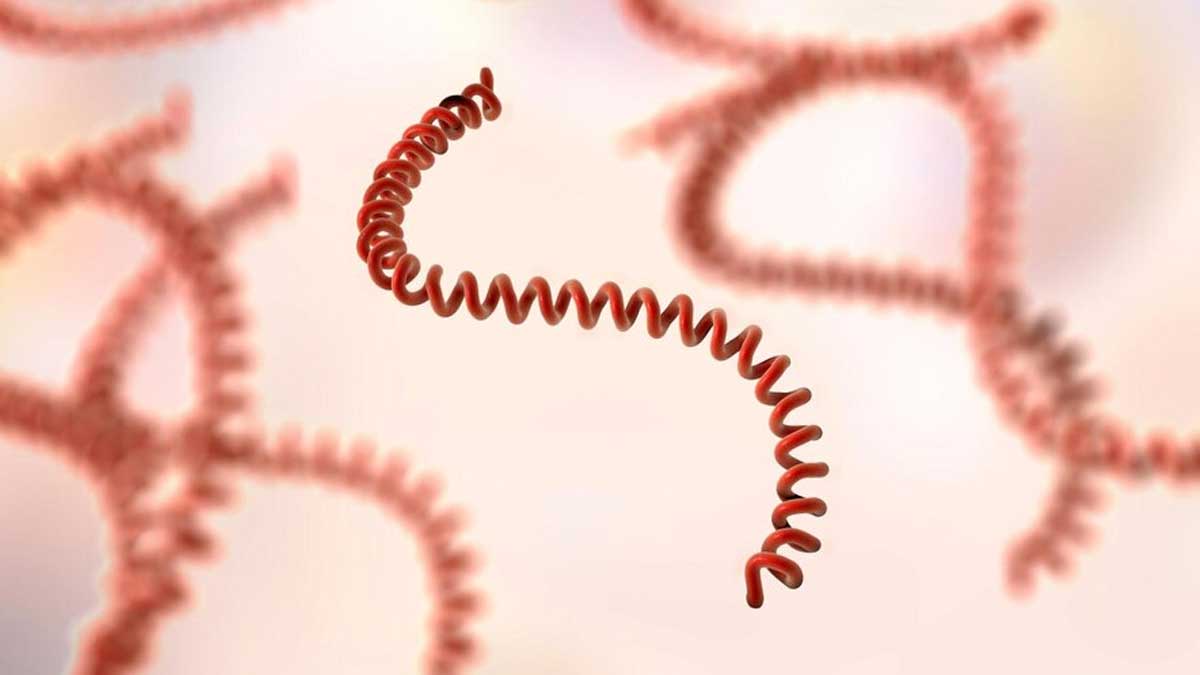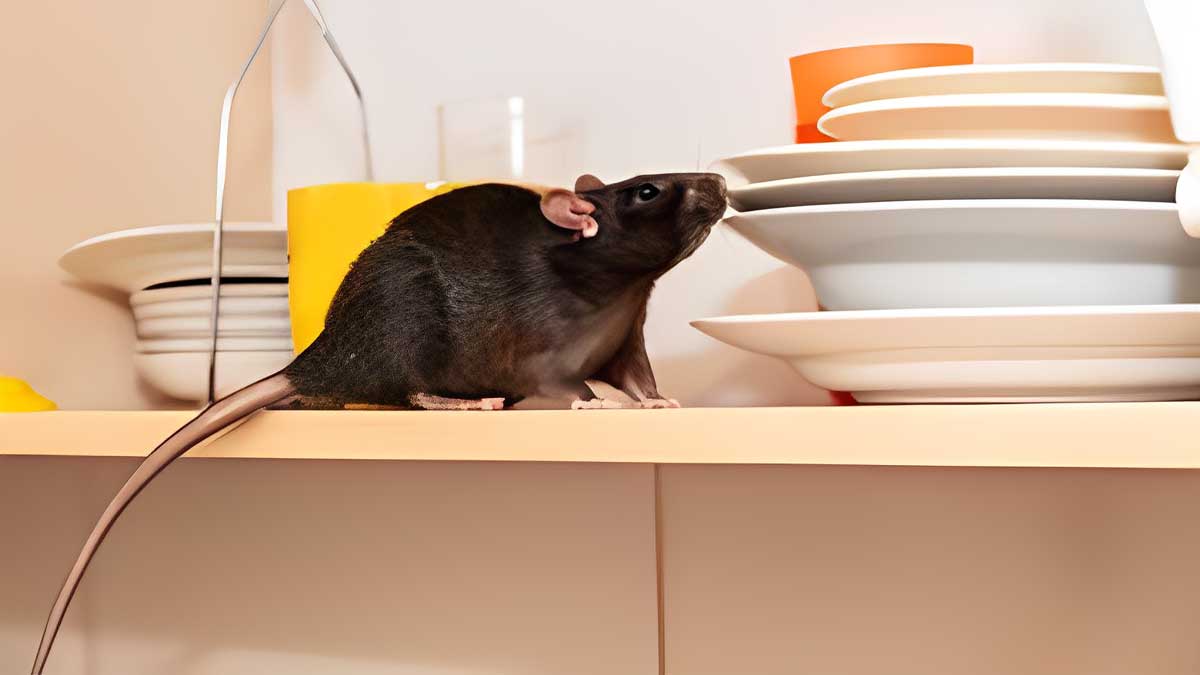
A video of local food vendors is spreading like wildfire online. In the video, multiple rats can be seen jumping around several cooks frying street food and even feasting on the cooked goods.
In response, Dr Keith Siau reshared the video and labelled it: How leptospirosis is spread. As per the Centres for Disease Control and Prevention (CDC), leptospirosis is a bacterial infection spread by infected animals like rodents and causes symptoms ranging from high fever, bleeding, and muscle pain to chest pain and swollen limbs.
Table of Content:-
What Is Leptospirosis?

The CDC shared that leptospirosis is caused by the bacteria Leptospira genus, whose infection is commonly acquired through direct contact with water or soil contaminated with the urine of infected animals. This disease has the potential to be fatal in severe cases.
Some of its common symptoms are:
- High fever
- Headache
- Chills
- Muscle pain
- Vomiting
- Jaundice
- Red eyes
- Abdominal pain
- Diarrhea
- Rash
The CDC shared that a number of these symptoms are often mistaken for other diseases, making diagnosis and treatment quite challenging. Additionally, in some cases, there may be no symptoms at all, causing people to slip directly into the severe phase which could result in debilitating disorders like kidney and liver failure, inflammation in the brain and spinal cord, liver, respiratory distress, and even death.
It is also concerning that this disease usually lasts for more than three weeks, and if treatment is not received on time, then leptospirosis may even last for months.
Also Read: UP City Records Cases Of Leptospirosis: Know Symptoms, Effect, Risk Factors & Treatment
Leptospirosis Prevention

According to a study titled ‘Leptospirosis in Coastal South India,’ although this bacterial infection is prevalent across the globe, it is mostly witnessed in tropical and subtropical areas prone to excessive rain and flooding.
Assessing the clinical presentation of leptospirosis, this study also found acute renal failure to be the most common complication, presenting itself in 79.2% of the patients, and found the to be 3.5%.
Moreover, the National Centre for Disease Control (NCDC) shared that leptospirosis presents an unignorable threat to public health in India, especially in Kerala, Gujarat, Tamil Nadu Maharashtra and Karnataka. In response, NCDC is currently running a programme for the prevention and control of leptospirosis.
The organisation shared, ‘Early case detection, accurate diagnosis, appropriate and timely treatment reduces the morbidity and mortality due to the disease.’ Here are a few ways by which you can prevent leptospirosis:
- Avoid contact with contaminated water, especially during floods.
- Wear boots, gloves, and other protective clothing in high-risk environments.
- Practice thorough handwashing.
- Maintain good hygiene.
- Keep indoor areas rodent-free.
- If you have pets, get them vaccinated against leptospirosis.
- Do not swim in lakes or ponds during heavy rains and floods.
- If you get exposed to contaminated water, seek immediate medical attention.
Also Read: Monsoon Maladies: Symptoms, Causes, And, Treatment of Leptospirosis
The advent of social media has catapulted awareness of a bunch of diseases that are still widely unknown but can be acquired through routine activities of everyday life. This current focus on leptospirosis is another such case. Do not compromise on precautionary measures. Keep in mind, prevention is always better than cure.
Also watch this video
How we keep this article up to date:
We work with experts and keep a close eye on the latest in health and wellness. Whenever there is a new research or helpful information, we update our articles with accurate and useful advice.
Current Version